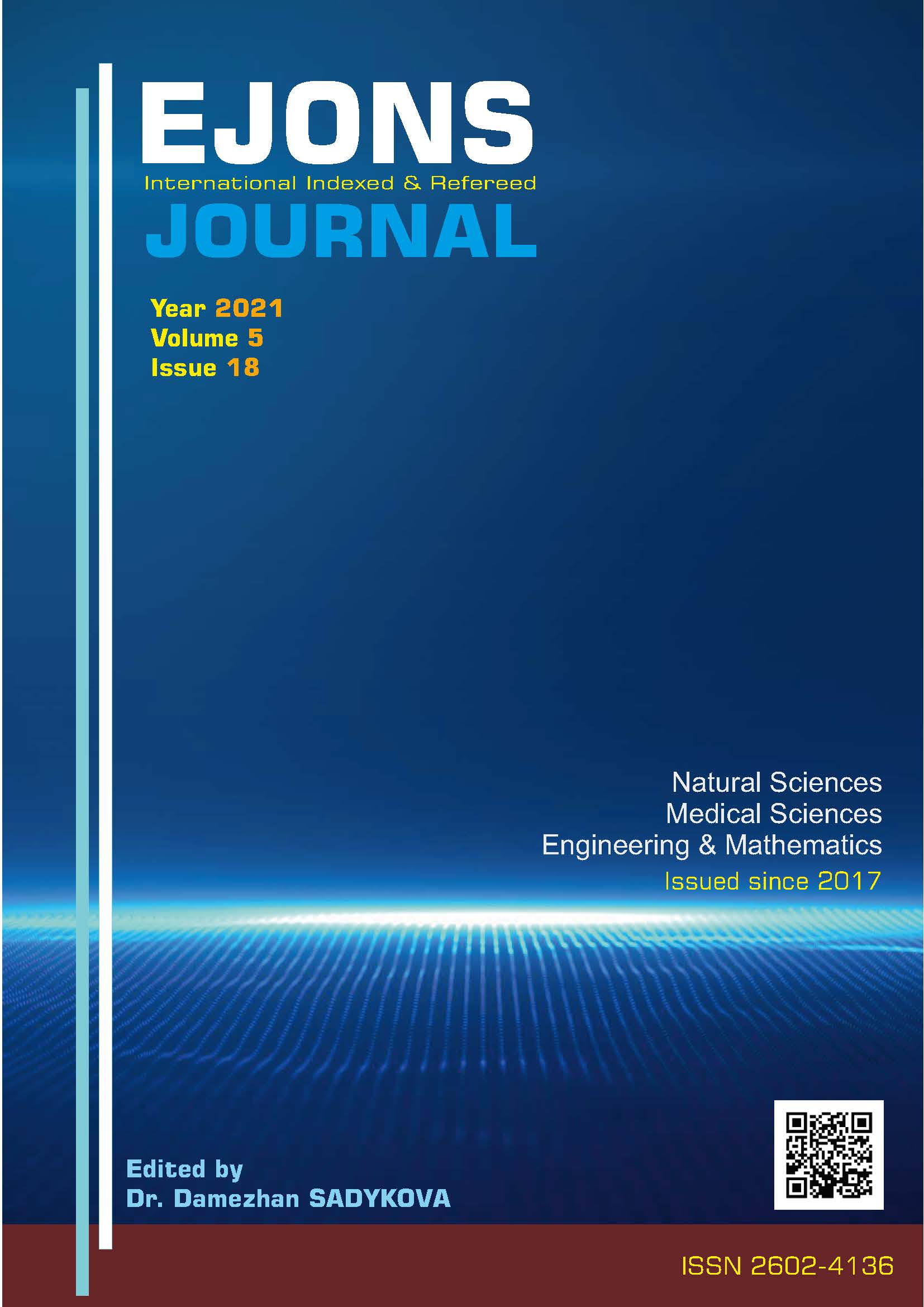DEATH RATES AND CAUSES OF ACCIDENTS IN HEAVY GOOD VEHICLE ACCIDENTS
DOI:
https://doi.org/10.38063/ejons.419Keywords:
Heavy good vehicles, Death rates in traffic accidents, Rear underrun protection devicesAbstract
With the increase of human population and the globalization of trade, the importance of logistics is increasing day by day. In the transportation of goods and passengers, road transportation is the most preferred type of transportation. 90% of goods and passenger transportation in road transport in Turkey are used. Semi-trailer combinations are characterized as heavy good vehicles. The fact that more cargo can be transported with heavy goods vehicles has an effect on the decrease in the number of vehicles on the highways, thus reducing the risk of accidents and carbon emissions in traffic. The EU average fatality rate in accidents involving heavy vehicles is 8.1 per million population. In 2006, a total of 4002 people died in accidents involving heavy goods vehicles in the European Union. Of this number, 200 to 220 people were involved in accidents that occurred in the event of a heavy goods vehicle hitting from behind. In these types of accidents, the rear protection equipment that should be in the vehicles according to Regulation 58 is of vital importance. In order to reduce the death rates in such accidents, the regulation 58 was updated and the 03 level was published. Significant changes have been made for manufacturers of rear protection equipment in regulation 58.03 level.
Downloads
Published
How to Cite
Issue
Section
License

This work is licensed under a Creative Commons Attribution-NonCommercial 4.0 International License.


